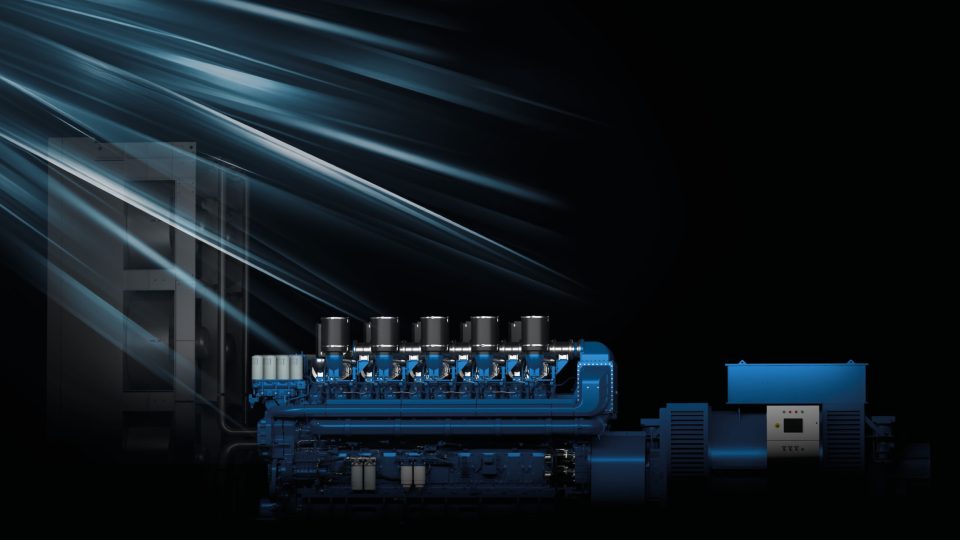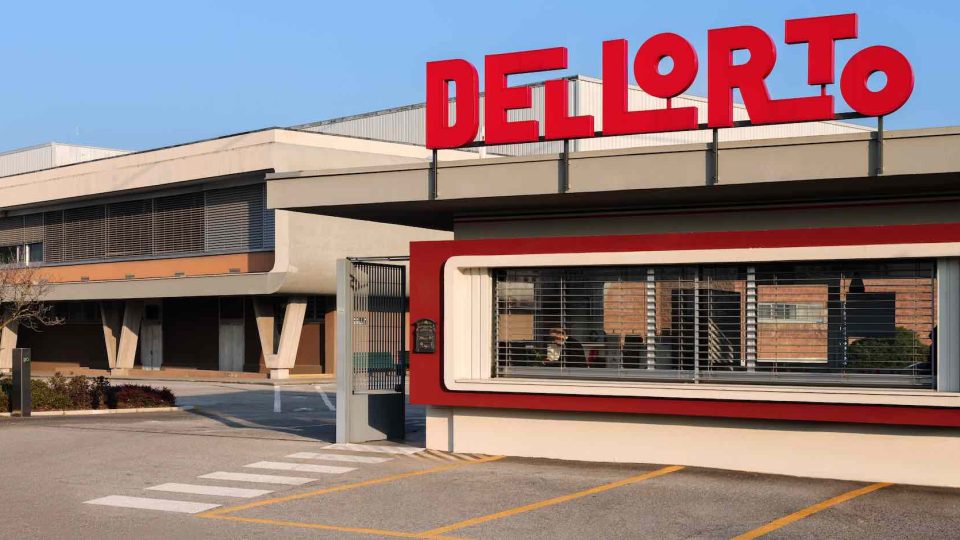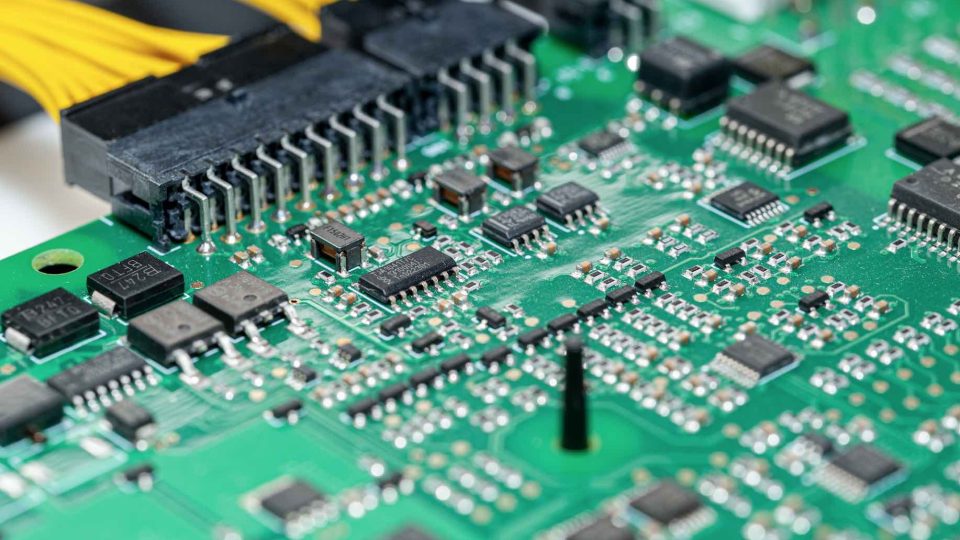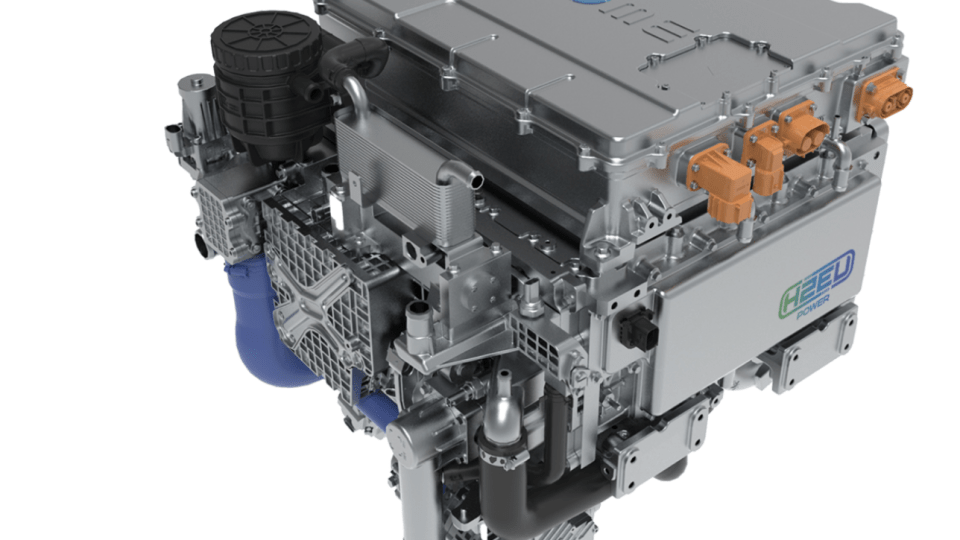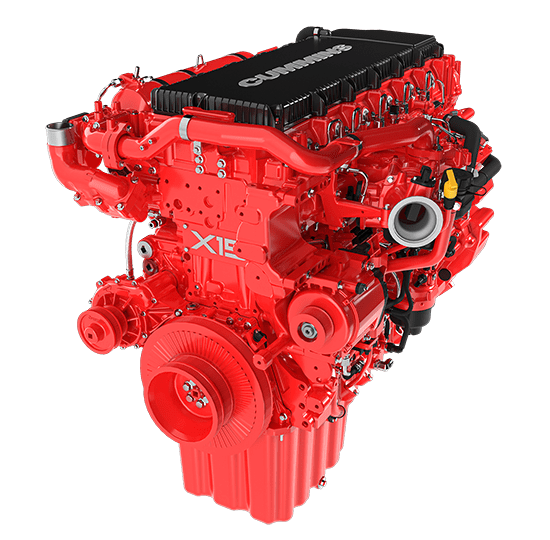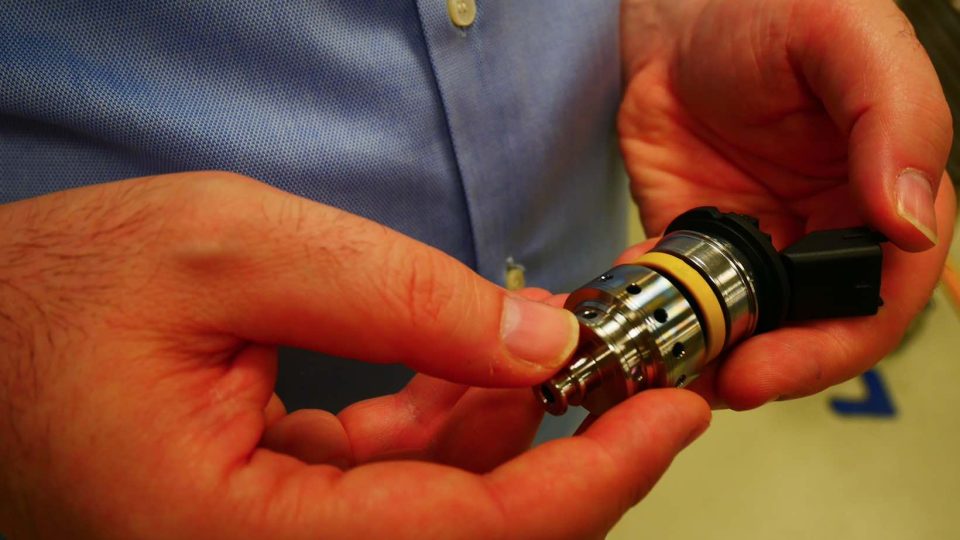Renault Trafic Van E-Tech Electric
The Trafic presents itself with a credible expectation, which projects it into the coveted dimension of the last mile: the vehicle promises 240 kilometers of autonomy, in compliance with the WLTP cycle, equipped with a 90 kilowatt engine, standard unit of measurement of synchronous and asynchronous (literally, it’s 122.4 horsepower) and the 52-kilowatt battery pack.
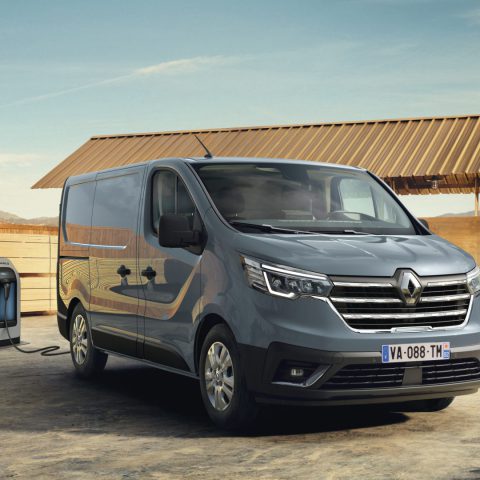
The comet of Hanover was electrification and Renault Group certainly could not deviate from the astral indications. What better stage, after all, for the epiphany of the Trafic Van E-Tech Electric? The most popular among professional vehicles with the lozenge on the nose closes the electric triangulation with the Kangoo and the Master.
The most obvious curiosity concerns autonomy. A mortgage on every electrical application, regardless of payload and mission profile. The Traffic comes with a credible expectation, which projects it into the coveted dimension of the last mile. To close the circle, could we hypothesize an electric Trafic, for (almost) zero kilometer deliveries, and autonomous driving?
In this regard, a statement by Heinz-Jürgen Löw, from February 1st at the head of light commercial vehicles (LCV) of Renault Group, seems appropriate. Löw, who comes from Volvo, Renault Trucks and the Volkswagen group, has clearly stated that autonomous driving was thrown into the public opinion and to the professionals themselves in a probably hasty way. “It will certainly assert itself”, said the Senior Vice President, Renault Brand, Light Commercial Vehicle, “but in a longer time than expected”.
Discovering the new Renault Trafic E-Tech Electric
In any case, the Trafic E-tech Electric promises a range of 240 kilometers, in accordance with the WLTP (Worldwide harmonized light vehicles) cycle, equipped with a 90 kilowatt engine, standard units of synchronous and asynchronous (literally, they are 122.4 horsepower) and the 52 kilowatt battery pack. And in terms of performance? The towing capacity is 750 kilos, for a load capacity of 1.1 tons.
It is presented to admirers in the 5.08 meter version and in the increased version, equal to 5.48 meters, for a useful height of almost 2 and 2.5 meters (to be picky, 1,967 and 2,498 meters). To deduct the useful volume, consider a load length of 4.15 meters, which in the L2 version, with the door for the “long load”, has an opening in the bulkhead. The option with a cab floor should not be underestimated. The result is a load volume (in van mode) ranging from 5.8 to 8.9 cubic meters.
To complete a hypothetical appendix of FAQ, the final question is about the methods of recharging, which literally goes into three. This “pure and hard” single-phase alternating current electric has an alternative: to the 7 kilowatt supply, for conventional household sockets alongside the 22 kilowatt one, by attaching itself to public columns . Finally, the third mode, direct current, on request, for fast charging in the motorway network, which allows you to revitalize the battery status indicator from 15 to 80 percent in about 50 minutes.
How to navigate the choice between an electric or hydrogen vehicle? “Try to look at the matter from the customer’s point of view,” said Löw. “The user favors two aspects: payload and volume. Based on the weight, load, capacity available, he will make the most prudent choice. In the balance game between batteries and hydrogen, do we want to use the fuel cell as a range extender, therefore with a small fuel cell and a larger battery, or on the contrary, reducing the impact of the battery pack and favoring a more impacting fuel cell? Let me say that the larger the vehicle, the greater the choice of power supply for the vehicle itself. It is good to remember that in this case the type of infrastructure is super important!”

